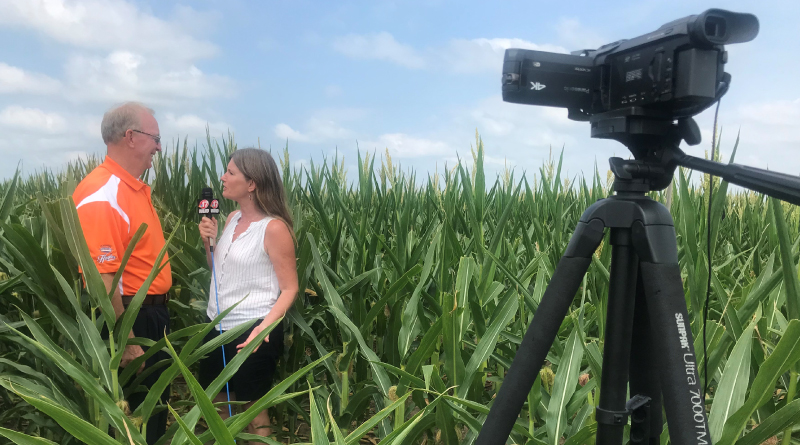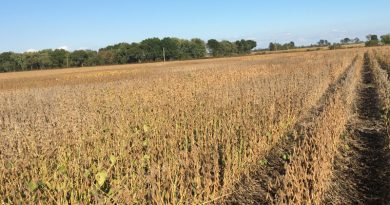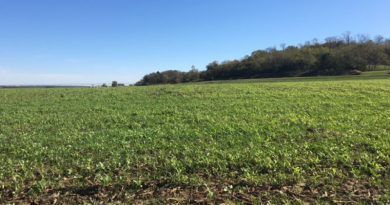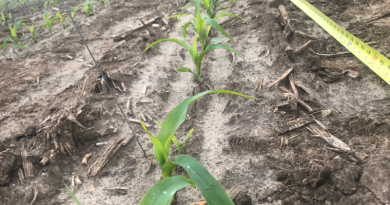Growing Seed Corn – AgriBusiness Today
Olivia Rahe, Communications Lead
The differences between a field of seed corn and field corn become especially noticeable at the end of summer. Todd Burrus discussed the two crops and shared some basics of seed corn production with WAND-TV’s Sarah Michaels of AgriBusiness Today. “Seed corn is genetically formed to create high quality field corn,” said Todd. The way it is grown, managed and harvested is far different from a field of traditional corn.
Field corn is not a mysterious crop for many people living in the Burrus footprint. Its purpose is to grow grain used in a multitude of ways worldwide. Across the US, field corn is grown on approximately 90 million acres and is what you most frequently see when driving down the road. How is the yield and caliber of field corn grain maximized? By starting with high quality, genetically pure seed corn.
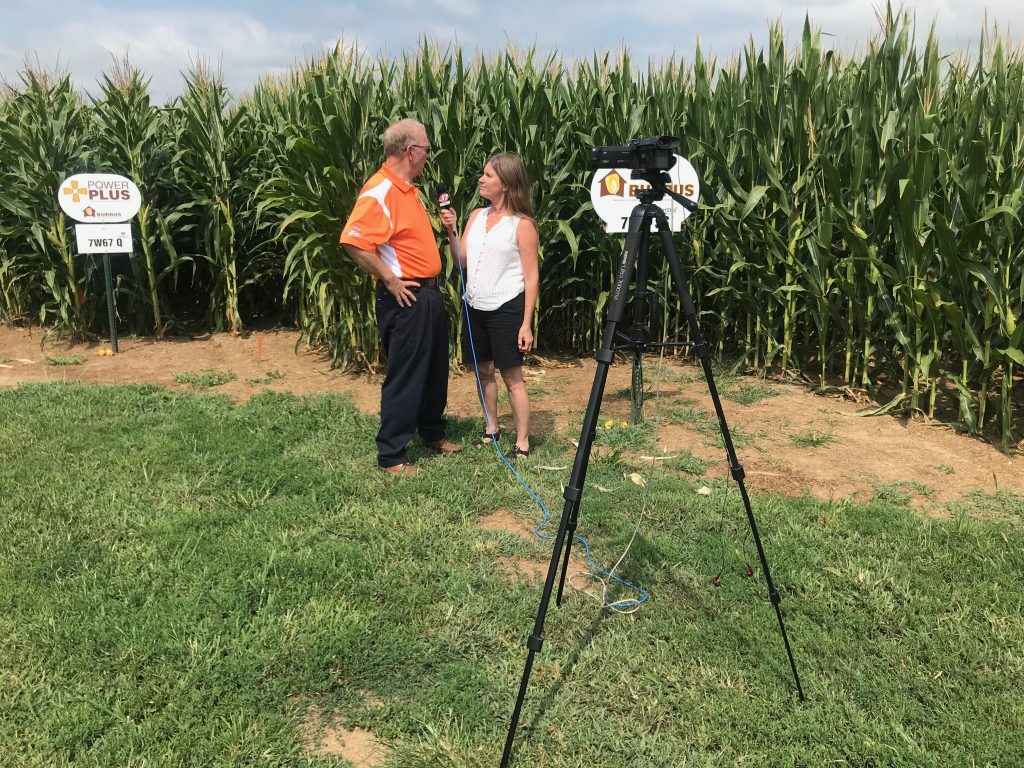
Seed corn is a specialty crop requiring special care, practices, equipment and people to produce. “It’s a very labor-intensive crop to grow,” said Todd. “The goal is to produce exceptional quality seed with high germination to ensure customers have seed that emerges on their acres the following spring.” In order to achieve the goal, there are unique processes that take place during production.
Seed corn production requires two different plants types, males and female. Female plants have the male part removed, while males plants have tassels intact to shed pollen onto female row silks. The seeds created then carry genetics from both parents. To maximize the success of the seed corn, fields are sprayed with a defoliant to desiccate the plant tissue, slowing the development process. “Shutting the plant down early improves the cold germination of the seed corn,” explained Todd. “Today, the average cold germination of our seed is over 96%.”
Visit the Product page to see the complete lineup of high quality corn and soybean products available from Burrus Seed.

